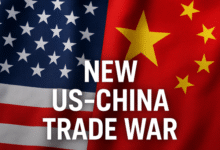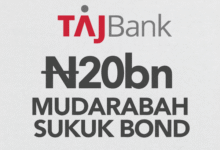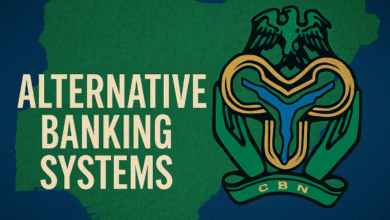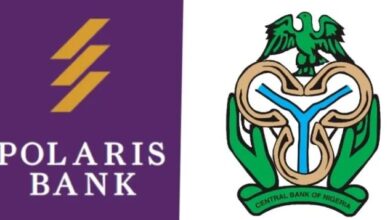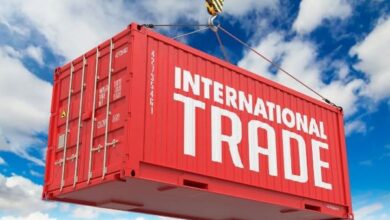NIMASA to begin CVFF disbursement in August, Indegenous Shipowners to receive long-awaited boost

After more than two decades of stalled expectations and bureaucratic bottlenecks, the Nigerian Maritime Administration and Safety Agency (NIMASA) has finally set a concrete date: August 2025 will mark the long-anticipated commencement of disbursement under the Cabotage Vessel Financing Fund (CVFF).
The announcement was made in Abuja on Wednesday by NIMASA’s Director General, Dr Dayo Mobereola, during an oversight visit by the House of Representatives Committee on Maritime Safety, Education, and Administration.
“We are acting on the directive of the Honourable Minister of Marine and Blue Economy, Mr Adegboyega Oyetola, to ensure indigenous shipowners gain access to this critical intervention fund,” Mobereola stated.
A $700 Million Game-Changer for Local Maritime Operators
The CVFF, a pool estimated at $700 million, was created under the Coastal and Inland Shipping (Cabotage) Act to empower indigenous shipowners with the financial muscle to acquire and maintain vessels capable of handling coastal and inland trade. Yet, for over 20 years, its actual disbursement has been caught in a whirlpool of policy inertia.
That tide is finally turning.
According to Dr Mobereola, guidelines for accessing the fund have now been streamlined and approved, setting a realistic disbursement window of three to four months for qualified applicants. Key to this rollout is the expansion of Primary Lending Institutions (PLIs) — from five to twelve — which will handle credit assessments and risk management to ensure only financially disciplined and operationally viable operators receive funding.
The financing structure, Mobereola disclosed, is designed for long-term viability:
- NIMASA: 50% of the funding,
- PLIs (Banks): 35%,
- Shipowners: 15% equity contribution.
“This structure ensures that banks are fully invested in the success of the projects, adding an essential layer of financial scrutiny and accountability,” he noted.
Terms to Compete, Not Just Survive
In a further nod to sustainability and competitiveness, NIMASA is mandating single-digit interest rates and generous loan tenures of 15 to 20 years — a crucial lever for positioning Nigerian shipowners to compete with foreign players, especially in an increasingly liberalised West African maritime corridor.
Mobereola also revealed strategic efforts to guarantee cargo supply — the lifeblood of any vessel’s viability. NIMASA is actively engaging with heavy hitters like NNPC Limited, NLNG, and top-tier exporters to ensure Nigerian-owned vessels are not left idle after financing.
Legislative Backing and Renewed Political Will
For the first time in recent memory, political will appears to align with policy action.
Mr Uduak Odudoh, Acting Chairman of the House Committee on Maritime, praised NIMASA’s progress under the current administration. He particularly lauded the agency’s enhanced efforts in curbing maritime crime, which has bolstered investor and operator confidence.
“The CVFF was established over 20 years ago but suffered from policy paralysis. With Minister Oyetola’s push and NIMASA’s newfound momentum, shipowners now have renewed hope,” Odudoh affirmed.
He assured that the National Assembly would support NIMASA in achieving its objectives under the broader umbrella of President Tinubu’s Blue Economy Agenda, which seeks to unlock Nigeria’s maritime potential for economic diversification and job creation.
Why This Matters: The Bigger Picture
This is not just about ships and loans — it’s about maritime sovereignty, economic localisation, and capacity building.
By empowering indigenous shipping operators, Nigeria stands to reduce its overreliance on foreign carriers for local and regional trade. This will retain freight earnings within the economy, bolster national tonnage, and spur growth across allied industries — from shipbuilding and repairs to marine insurance and logistics.
For years, the CVFF had become a symbol of dashed hopes and missed opportunities. But with a launch date now in sight and policy architecture falling into place, the fund is poised to chart a new course for Nigeria’s maritime resurgence.



